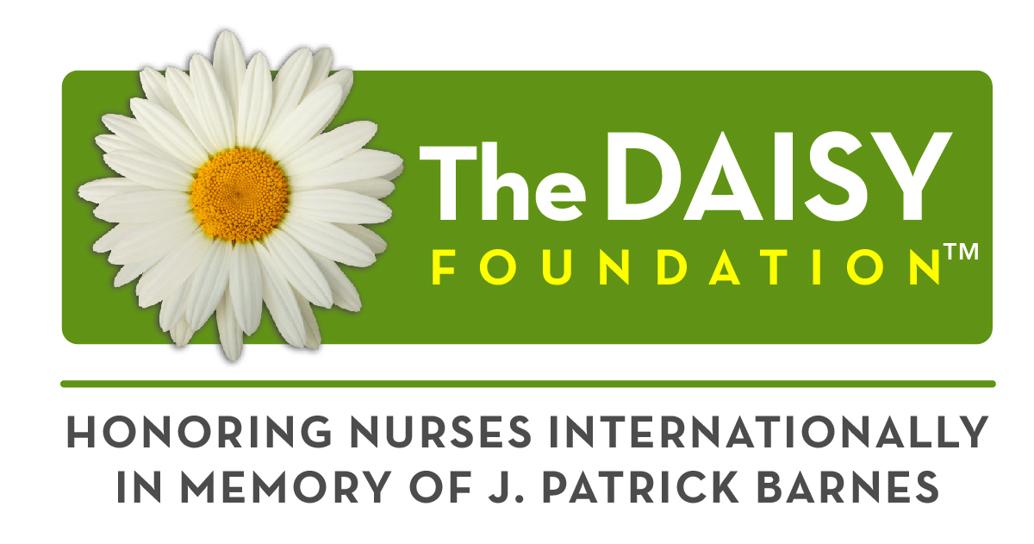Pulmonary Therapy
What is pulmonary therapy?
Pulmonary therapy is an individualized outpatient program geared toward the patient with decreased endurance due to a pulmonary disorder. The primary goal is to achieve and maintain the individual’s maximum level of activity and independence. This is accomplished through education, strengthening, flexibility and endurance exercises as well as instruction in deep breathing techniques. The program components include:
Evaluation
The primary goal of the initial visit is to educate the patient and their family on the importance of following through with the program at home. The evaluation also includes obtaining the patient’s history, a physical assessment to establish a baseline level of endurance, strength, range of motion, balance and coordination and a six-minute walk test to assess the individual’s tolerance to activity.
Treatment
During subsequent therapy sessions, the patient is seen by a licensed physical therapist or physical therapist assistant. The individual’s vital signs are monitored before, during and after exercise. They will participate in warm-up and cool-down exercises and conditioning exercises, which may include the use of a treadmill and/or stationary bike. Compliance is the key to managing the condition more effectively and maintaining the improvements gained in therapy. Patients who are strongly committed to their health and adapt the lifestyle changes learned through therapy benefit the most and are able to maintain the improvements gained during the program.
Treatment duration
Pulmonary therapy is a very individualized treatment program. How often and how long a patient attends therapy is dependent on how quickly they progress towards independence. Patients typically can complete all the education, as well as monitor their vital signs with increasing activity level within 2-4 weeks.
Topics covered as needed during therapy sessions
• Diet and nutrition
• Stress management
• Deep breathing techniques
• Home exercise program
• Anatomy and physiology
• Signs and symptoms of infection/when to call your doctor
• Energy conservation/work simplification
• Use of inhalers
• Smoking cessation
Goals of the program
1. Educate, motivate and rehabilitate the patient to his or her maximum potential in self-care and mobility.
2. Decrease patient’s frequency and duration of hospitalizations.
3. Improve the quality of life for the patient.
4. Renew interest of the patient in vocational and leisure-time activities.
5. Educate and involve the patient’s family in their pulmonary home program.
6. Improve the emotional ability for the patient and family to cope with symptoms.
Who would benefit from pulmonary therapy?
Persons with the following diagnosis would benefit from pulmonary rehabilitation:
• Chronic bronchitis
• Emphysema
• Pulmonary fibrosis
• Pulmonary hypertension
• Occupational or environmental lung disease
• Pre- and postoperative lung reduction or transplant patients
• Deconditioning from other medical problems
• Recovered from Covid-19
How to get started
Pulmonary therapy is offered at our both of our outpatient therapy locations: Mission Woods and Mulvane Medical Building locations. A physician’s order is required to start the pulmonary therapy program.
For more information, call 785-295-8045.



